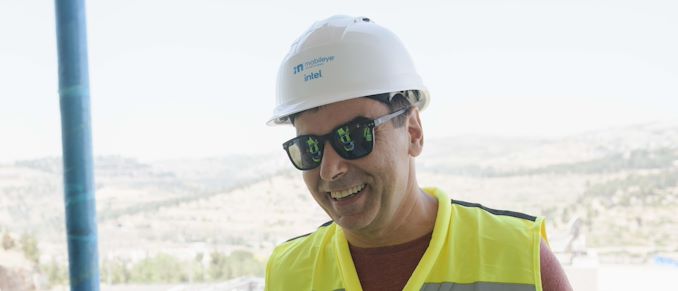I searched a little for this, and yes I did find the term "end-to-end" attached to recent MobileEye articles (e.g. CES Intel press release and a trade-journal article covering the same) - but only in the summary headlines that may have been written by webmasters or others- not in the blog article text.I have no dog in the game, that was how I saw it described by others a long while ago and it made perfect sense as a separation against typical L2 (which can not finish the whole trip). I have no problem using "door to door" if that avoids confusion with the machine learning terminology.
I will note however that not very far upthread, Mobileye uses the same "end to end" terminology.
Autonomous Car Progress
I agree it's not the biggest issue but I think it's good to take note of it. There's already a lot of loose claims and subsequent parsing of statements around here to reinforce points (or to score points
Last edited:






